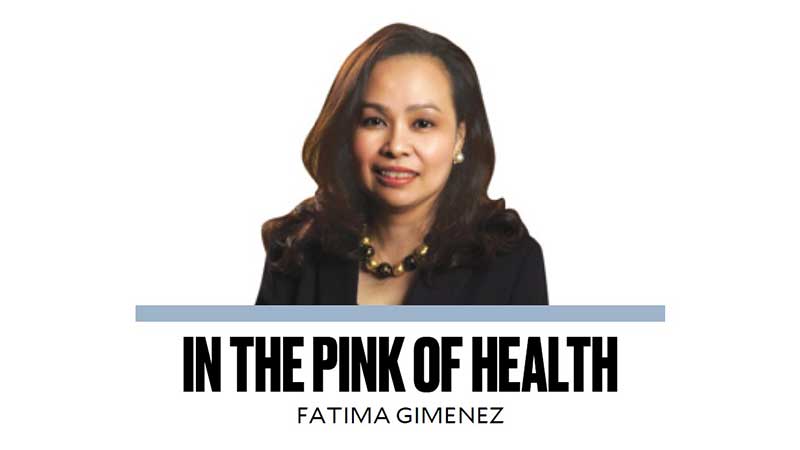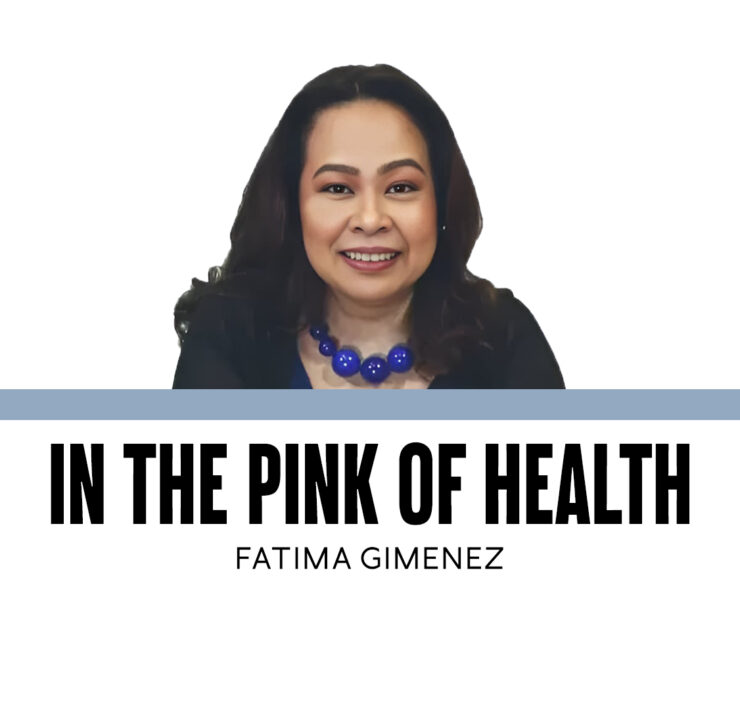One’s downfall

Red light. His driver was trying to beat a traffic light which caused him to pitch forward in the van and resulted in him being confined to a wheelchair. Prior to this unfortunate incident, my then 75-year-old uncle was going about his days pursuing anything and everything that came to mind. His family members could hardly keep up with him and his children would just let him be, knowing that having a purpose was what made him happy and relevant. With his mobility compromised, he became fully dependent on caregivers and most of his days were spent watching TV. The only thing that he really looked forward to was having meals outside his home. Remembering with regret, I wish that I had spent more time accepting those invites of his to eat out with him whenever we would accidentally bump into each other during his thrice-weekly dialysis sessions.
Heels. Last year, my kitten heel got caught on the last step as I was coming down the stage. I flew through the air and landed flat on my face, unable to break my fall. A younger colleague quickly pulled me up and assisted me to my seat. Fortunate and extremely blessed, there were no fractures, concussions, or lacerations that necessitated a trip to the emergency room. Nowadays, I am more comfortable about accepting assistance when traversing steps without handrails. Lesson learned.
Young or old, no one is spared. Though injuries were not one of the leading causes of death, per the Global Burden Disease Study of 2021, road accidents were mentioned as one of the biggest health problems. While some may escape unscathed, having even just one for those who are more advanced in years could be the start of their rapid decline, or worse, even cause premature death. Falls, like road accidents, are examples of unintentional injuries. According to the Centers for Disease Control and Prevention in the US, “Unintentional falls were identified as a leading cause of injury and deaths from injury in individuals aged 65 years and older.” In an earlier study done by Guevarra and Evangelista on elderly patients in the out-patient-department (OPD) of a tertiary hospital in Manila and a nursing home facility in Rizal for religious sisters, significant risk factors included the following: poor vision and history of falls for those seen at the OPD, and the presence of cognitive impairment and chronic conditions were identified in the nursing facility. For both populations, accidents usually happen in the bathroom or bedroom, or slippery areas. I am quite sure that you have your own sad or even horror stories to share. The above-mentioned factors coupled with the presence or failure to recognize home health hazards have significantly contributed to the numbers.
Pointers for prevention. Try your best to make your home accident-free. In slip-prone areas such as the bathroom, provide grab or handrails and non-slip mats. Ensure that walkways or pathways, if at all possible, are in good condition, not littered with cords, plugs, or clutter; carpets and floor coverings are securely fixed; and surroundings are well-lit. Furniture should be arranged in a manner that does not obstruct mobility. Ideally, chairs and sofas are of a height that enables one to get up from or into easily. Regularly used items around the home should be within reach. Avoid the temptation to stand on chairs or tables. In the bedroom, leave a light on and have a fully charged phone by your side.
Have your vision and your hearing checked. Familiarize yourself with the medications you are on and alert your attending physician or caregiver if it causes side effects such as dizziness. Be sure to get enough sleep at all times. Once medically cleared, engage in exercises that can help improve balance, retard bone loss, and strengthen muscle tone. Avoid getting up from bed, standing abruptly, or sudden movements that can cause you to lose balance. Use assisted devices such as walkers or canes of the correct height if you feel unsteady while walking. Search for the right footwear. Avoid slippers or shoes that are not skid-free and never wear socks while walking around the home.
In the event of a fall. If alone, do not attempt to get up as it may make your injury worse. If you are a first responder, as most household members are, check quickly for injuries and determine if the patient is able to get up. If unsure, call for medical assistance.
An octogenarian friend who never fails to miss her early morning walk has this to say: “Accidents do happen even if precautions are taken. Just remember to always be careful and be present and one with your environment.”
This is the type of downfall that is not easy to rise from.


















